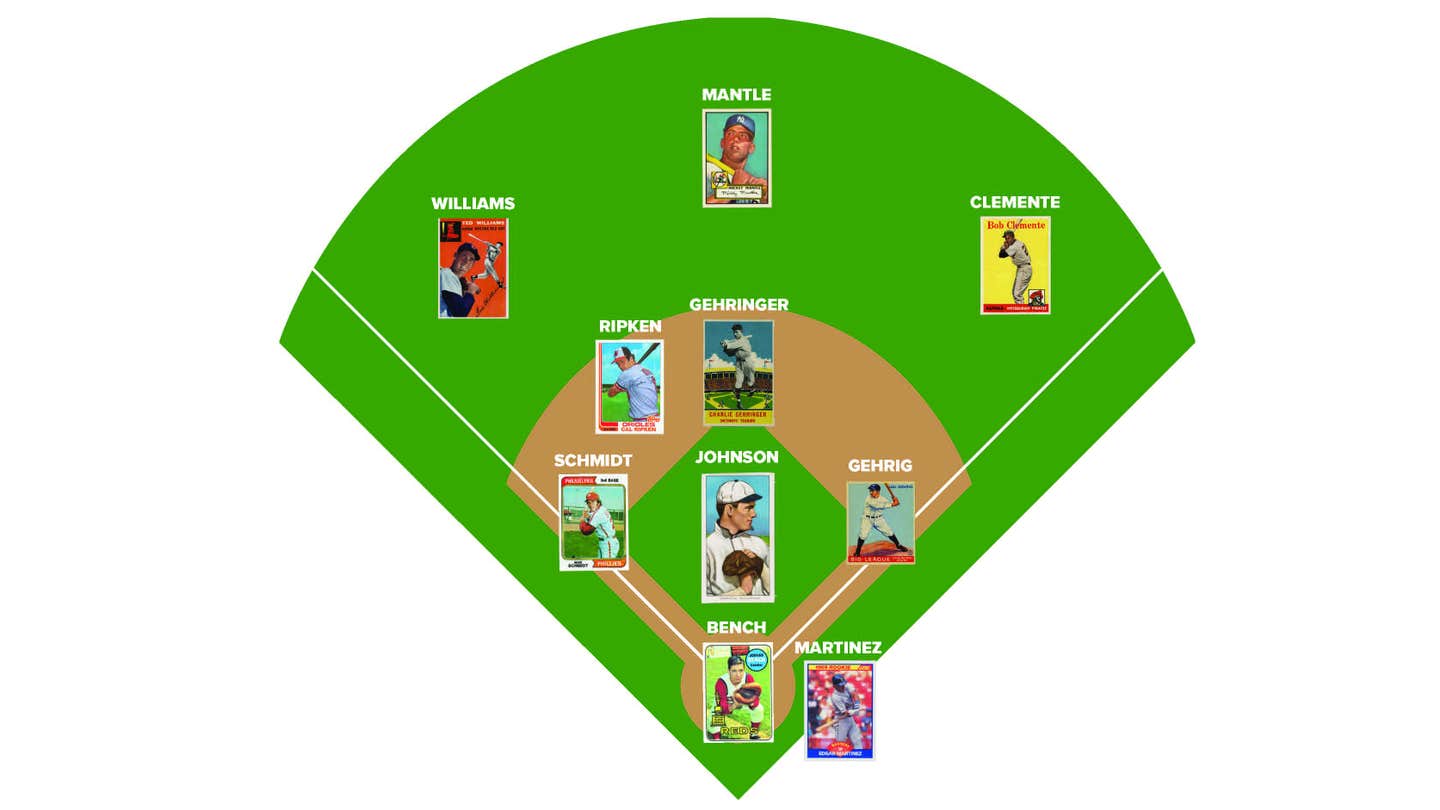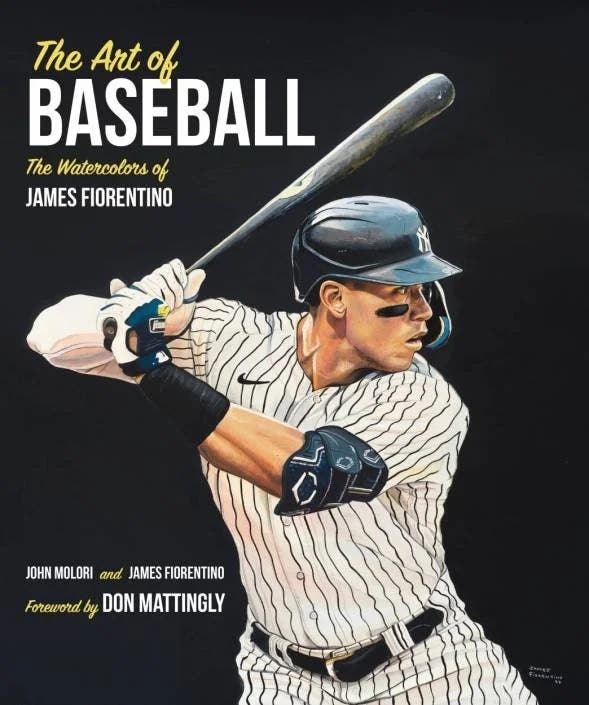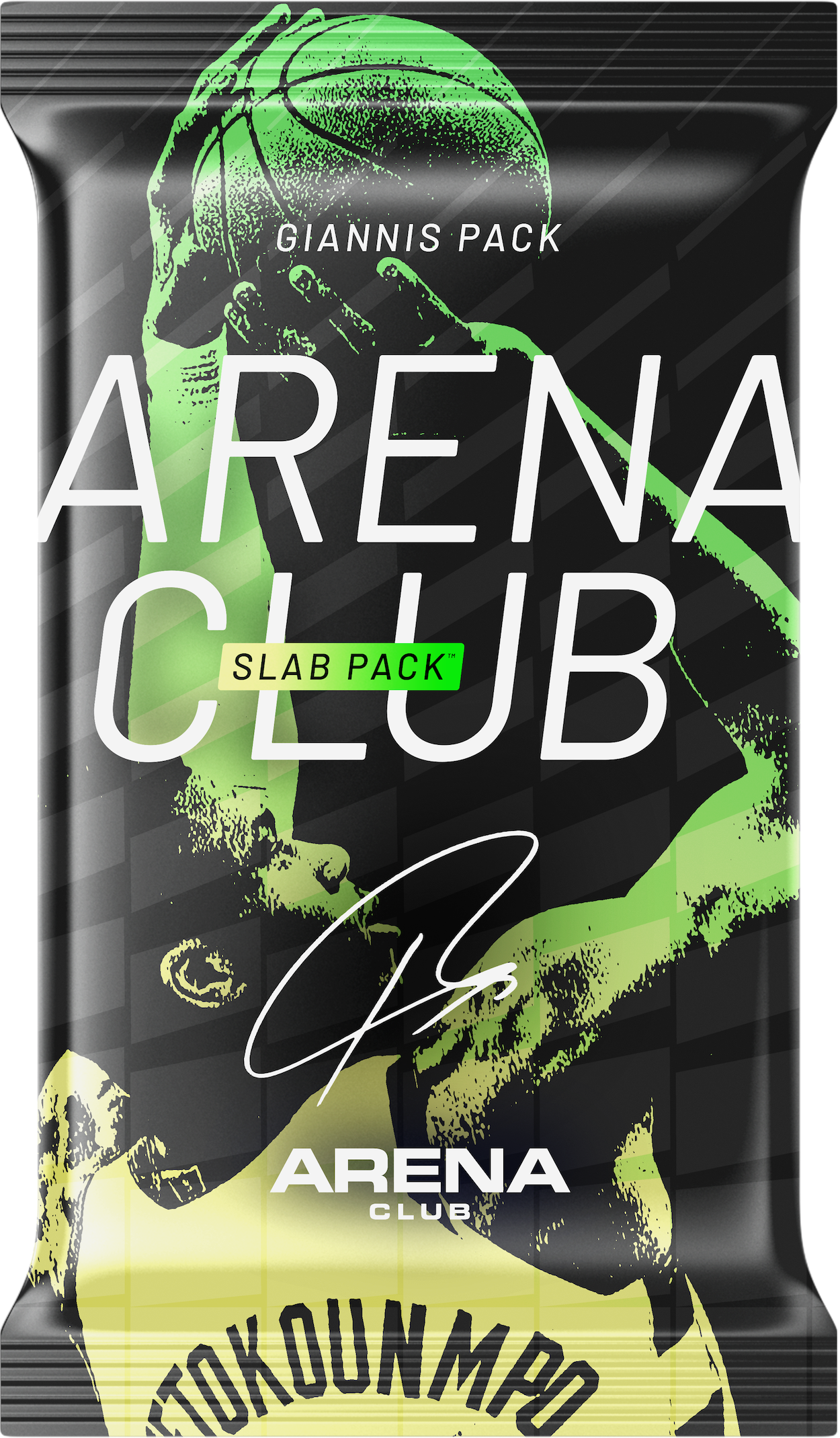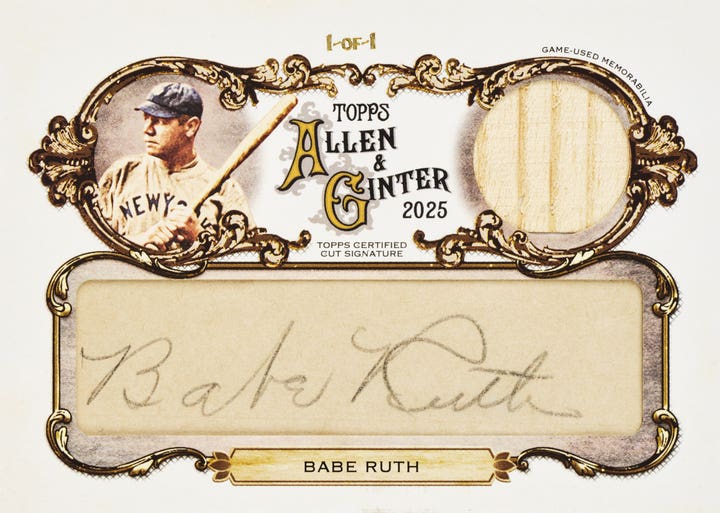
Ted Williams
An MLB All-Star team of Hall of Famers who played for only one team
Next week marks the 90th anniversary of the first official MLB All-Star Game with Chicago’s Comiskey Park, the White Sox former home, playing host to the initial lineups of baseball luminaries.
The Seattle Mariners’ stadium, T-Mobile Park, hosts this year’s battle of big league stars on July 11.
Other than a couple of cancellations along the way, the “Midsummer Classic” has taken place every year since 1933.
Celebrating the summer baseball exhibition, I assembled a hypothetical All-Star team starting lineup from Baseball Hall of Famers who played exclusively for one MLB franchise.
The list, going around the horn from first base to catcher and pitcher, reflects the player’s primary position and leans heavy on the increasingly more utilized statistic WAR (Wins Above Replacement), via Baseball-Reference.com, rounded to the nearest number.
1B Lou Gehrig
Only two players got strong consideration here on the “single franchise” team and each brought lumber and leather to their squads.
Jeff Bagwell (Houston Astros, 80 WAR) won a Rookie of the Year award and an MVP while contributing a .297 career batting average to go with 449 homers.
His challenger? Lou Gehrig (New York Yankees, 114 WAR), who won two MVPs and in his last eight seasons, where he played to any degree, and was a top-five MVP vote getter seven times. Gehrig, of course, set the standard for many decades for consecutive games played while blasting 493 home runs with a .340 lifetime batting average.
The Yankees’ legend starts for this All-Star team and since he played in the 1933 game, with a tip of the cap to that inaugural Midsummer Classic, we spotlight his 1933 Goudey card, where Gehrig is about to swing at a pitch.
2B Charlie Gehringer
We start the keystone sack position with Craig Biggio (Houston Astros, 65 WAR), who began as a catcher in the late 1980s but his primary spot was second base. Biggio’s 3,060 hits and four straight Gold Gloves at his main position makes him a formidable candidate.
Jackie Robinson (Brooklyn Dodgers, 64 WAR) came into the major leagues at the relatively late age of 28, mainly due to racial barriers. In his first year (1947) he won the Rookie of the Year award and a couple years later he earned the NL MVP along the way to a .313 lifetime average. The fleet-footed Robinson also excelled defensively.
The Detroit Tigers had Charlie Gehringer (85 WAR) for 19 seasons and he played 2,206 games at second. Gehringer, who also payed in the 1993 All-Star game, showed good enough power (184 homers), 2,839 hits and a .320 lifetime batting average to be a consistent threat at the plate.
If Robinson had logged a few more years his numbers might have tipped the scales in his favor for this squad, but since Gehringer played eight more seasons than Robinson at the position and his bat and glove held up along the way, the lifelong Tiger gets the call.
A popular Gehringer card comes from the distinctive 1933 DeLong Gum issue.
SS Cal Ripken Jr.
Three players with at least two decades of MLB experience and more than 3,100 hits were under consideration at this spot.
Robin Yount (Milwaukee Brewers, 78 WAR) began his MLB career in 1974 at age 18. Yount notched two MVP awards to accompany one Gold Glove.
Cal Ripken Jr. (Baltimore Orioles, 96 WAR), meanwhile, came a little later, grabbed two MVPs and two Gold Gloves. His all-time consecutive games streak (2,632) will likely never be seriously challenged.
Derek Jeter (New York Yankees, 71 WAR) started his MLB journey in 1995. Sure, Jeter batted .310 lifetime, the best of this threesome, and registered five Gold Gloves as he helped the Bronx Bombers win five World Series championships.
Overall, however, the slot goes to Ripken. The Orioles’ shortstop had more homers and RBIs than Yount or Jeter and the O’s standout had the best fielding percentage between them.
A key Ripken rookie card comes from the 1982 Topps Traded issue.
3B Mike Schmidt
At the hot corner we have Brooks Robinson (Orioles, 78 WAR), who earned 16 Gold Gloves; George Brett (Kansas City Royals, 89 WAR) with a single Gold Glove but the highest lifetime average of this group at .305; Chipper Jones (Atlanta Braves, 85 WAR), who hit for solid average (.303) and power (468 homers) but no Gold Gloves.
And then we have Mike Schmidt (Philadelphia Phillies, 107 WAR), who bashed 548 round-trippers and earned 10 Gold Gloves and three MVP awards (while the others in this race earned one MVP each).
Schmidt is clearly the choice. His main card came out as a high number in the 1973 Topps set, on a rookie prospects pasteboard.
LF Ted Williams
Stan Musial (St. Louis Cardinals, 129 WAR) against Ted Williams (Boston Red Sox, 122 WAR) is a tough call.
Musial hit .331 with 475 homers as he played first base and the outfield. Musial played all three outfield positions but starred mostly in left, so for our purposes he is in this #7 category.
Williams ripped 521 four-baggers and posted the highest lifetime batting average (.344) of any longtime big leaguer who played chiefly after World War II. And Williams posted an all-time best .482 career on base percentage.
Both won multiple batting titles and awards. Even with missing a few hundred games due to injury and military service, Teddy Ballgame still racked up nearly 2,000 games in left field. All that and his batting prowess gets “The Splendid Splinter” the starting job.
Williams’ cards are among the hobby’s elite and a popular pair of the slugger’s cards book-ended the 1954 Topps baseball issue.
CF Mickey Mantle
Joe DiMaggio (New York Yankees, 79 WAR) patrolled center field with grace and set the standard for many at the position. His 56-game hitting streak and .325 lifetime batting average highlight just a portion of his batting accomplishments.
Mickey Mantle (New York Yankees, 110 WAR) crushed 536 career homers and became arguably the best switch-hitter of all time.
Yes, Mantle hit “only” .298 lifetime and experienced numerous injuries, but grit, power and switch-hitting makes The Mick the pick.
In the summer of 2022, a 1952 Topps Mantle (SGC 9.5) sold for a record $12.6 million.
RF Roberto Clemente
If it were just a WAR battle, Mel Ott would win handily (New York Giants, 111 WAR), against rivals Roberto Clemente (Pittsburgh Pirates, 95 WAR) and Al Kaline (Detroit Tigers, 93 WAR).
Ott has the power numbers (511 homers, 1,860 RBIs), but both Clemente and Kaline also swung strong sticks and had tremendous throwing arms. Since Clemente had the trio’s highest career average (.317), enjoyed above average speed, played with flair and had the most outfield assists between them, “The Great One” gets the nod.
Clemente’s 1955 Topps rookie card, represents one of the most sought-after postwar cards in the hobby.
C Johnny Bench
Three backstops to peruse: Johnny Bench (Cincinnati Reds, 75 WAR), Roy Campanella (Brooklyn Dodgers, 42 WAR) and Bill Dickey (New York Yankees, 56 WAR).
At .313 Dickey had the highest lifetime batting average of the players in this category and was an excellent catcher. “Campy” won three MVP awards. But Bench, with his two MVP awards and 10 Gold Gloves, snares this position. Bench’s combo of power hitting and overall catching dominance cannot be denied.
The 1968 Topps Bench rookie is the “go-to” for many.
P Walter Johnson
The top hurlers of any era rarely stay with one team, much less a normally not-so-good franchise, but Walter Johnson (165 WAR) did with the Washington Senators. With over 400 victories, a lifetime 2.17 ERA and 3,509 strikeouts, “The Big Train” played 21 seasons.
Bob Gibson (St. Louis Cardinals, 89 WAR) made some good teams much better as he pitched at a top level for much of the 1960s and early-70s. Gibson’s 1.12 ERA in 1968 still sparks awe.
Even though he pitched mainly in the Deadball Era, the horsehide goes to Johnson first. If it’s a doubleheader Gibson gets the nightcap.
In the card department, a T205 or T206 Johnson will satisfy several collectors.
DH Edgar Martinez
For many seasons the best in this category won the Outstanding Designated Hitter award. Edgar Martinez (Seattle Mariners, 68 WAR), originally a third baseman, won the ODH award five times and after he retired MLB added the batsman’s name to the honor.
Martinez is the sole Hall of Fame DH meeting the “one franchise only” mark (Red Sox DH David Ortiz started his career with the Twins) for our imaginary All-Star team, completing the starters.
Martinez’s 1989 Score rookie #637 sports a card front action photo and the back contains an accurate early scouting report that describes him as a DH of sorts: a “disciplined hitter.”
Since Seattle hosts this year’s All-Star event, in the stadium Martinez played his final few seasons, the combination solidly rounds out this hypothetical roster.
— Doug Koztoski is a longtime Sports Collectors Digest contributor. He can be reached at dkoz3000@gmail.com








